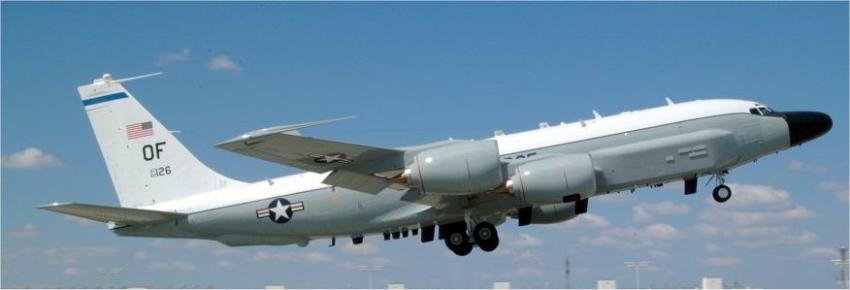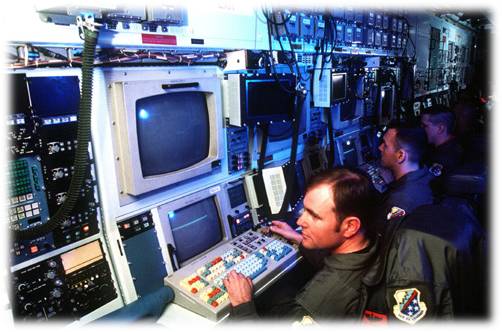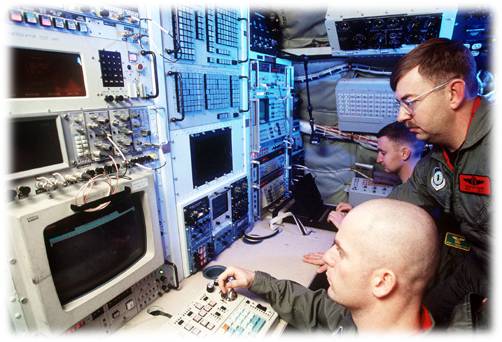It looks like you're using an Ad Blocker.
Please white-list or disable AboveTopSecret.com in your ad-blocking tool.
Thank you.
Some features of ATS will be disabled while you continue to use an ad-blocker.
share:
reply to post by Zaphod58
I don't even know I'm getting any since the design changed how do you tell?
ETA. And where are they? There used to be a thing that said 'new message' and you clicked it. Now it's hieroglyphics and I don't know what they mean
I don't even know I'm getting any since the design changed how do you tell?
ETA. And where are they? There used to be a thing that said 'new message' and you clicked it. Now it's hieroglyphics and I don't know what they mean
edit on 16-11-2013 by waynos because: (no reason given)
reply to post by waynos
Upper right hand corner by the search icon. The little envelope lights up white if you have messages, and is a line drawing if you don't. Or you can click the down arrow next to the "logout" and in the submenu click messages.
Upper right hand corner by the search icon. The little envelope lights up white if you have messages, and is a line drawing if you don't. Or you can click the down arrow next to the "logout" and in the submenu click messages.
waynos
To the more observant members, any particular lumps and bumps added to/ missing from this version compared to the USAF model?
I'd look myself but I've got a migraine.
Yes, there appear to be two significant differences and one minor difference in the antenna configurations. The most obvious is the bubble antenna located on the spine of the aircraft just forward of the tail. The second appears to be the antennas located between the landing gear. Finally, the sensors in the cheek fairings look like a different configuration. The cheeks contain the ELINT sensors while the lower antennas are for the COMINT systems, so I would expect some differences there. Here's a photo of one of the latest U.S. configurations where you can note the differences between the posted photos of the air seeker.

There are photos and videos of the interior of these aircraft, but you do have to search around for them. Here are two I found on the internet that are older, from the very early 90s. The first is the airborne mission supervisor's (AMS) position which is the spooks area of the aircraft. Their crew consists of various interpreters and linguists.
The second photo is the inflight maintenance position. The console closest to the photographer is the airborne maintenance technician (AMT) and the console farther way is the Inflight Maintenance Technician (IMT). Seems like minor syntax differences in their titles, but the AMS is responsible for the communications intelligence positions in the rear of the aircraft and the IMT maintains the ELINT positions, which are just forward of the maintenance station.


The last time I saw an interior of the aircraft, the layout is very similar but the computer system are more advances. No more CRTs and all the displays are large flat panels. The network was upgraded from a token ring based system to a windows based network. Whether they still use that setup today, I cannot answer.
If the air force ever gets past sequestration and ramps up their participation in air shows again, there's a good chance to get a tour on one of these if they are present on static display. It all depends on whether they are able to bring enough support to conduct tours through the aircraft.
Vince
Zaphod58
reply to post by waynos
Two interesting things I noticed looking at the pics. You guys are still using wire antennas, which is surprising. I thought those were gone by now. My father spent years trying to get them replaced, until finally CINCPACAF and CINCPACFLT were flying together, and were listening to each other talk on the radio, when one was on HF, and one was on SATCOM, because of the bleedover.
The other thing is that in the picture on the right side of the aircraft, there is a black square on the bottom of #3. Only that one, and only on that one picture that I can see.
The longwire antenna on the RC-135 is for a receive-only HF system. The wire and the signals it picks up can also be exploited which makes it very useful on this aircraft.
Vince
reply to post by vinceg
I was reading about using the wire antenna for a DF system, which was replaced with a series of antennas instead. There were a couple of antenna upgrades done, including I believe the one on top of the HF antenna on the tail.
I was reading about using the wire antenna for a DF system, which was replaced with a series of antennas instead. There were a couple of antenna upgrades done, including I believe the one on top of the HF antenna on the tail.
Zaphod58
reply to post by vinceg
I was reading about using the wire antenna for a DF system, which was replaced with a series of antennas instead. There were a couple of antenna upgrades done, including I believe the one on top of the HF antenna on the tail.
The longwire really isn't suitable for DF use because as you say, you need an antenna array to be effective. The primary use is for intelligence gathering. As far as these airplanes goes, there have been countless antenna upgrades throughout it's life. That is a fascinating study in itself. Here's a pretty cool website that has lots of photos of these aircraft as they progressed through all the variants up through the current models.
Recce 135s
As far as that antenna on top of the tail goes, it appeared long after I retired and I can only guess what it's for, probably a new type of data link. It replaced a small UHF blade antenna that looked similar to a TACAN antenna. You can find some pictures of that antenna in the V and W model sections on the recce website.
Some other info about the program. L3 Communications is the prime contractor for the RC-135 and the maintenance facility is located at Majors Field in Greenville, Tx. Occasionally Google Earth captures some interesting aircraft parked out in the open there. As of today, there's an MC-12 and a P-3 in the images. The aircraft program is managed by Project Big Safari which is a separate logistics system Air Force Material Command uses for special purpose weapon systems. They don't use open bids and public specifications.
Vince
new topics
-
12 jurors selected in Trump criminal trial
US Political Madness: 1 hours ago -
Iran launches Retalliation Strike 4.18.24
World War Three: 1 hours ago -
Israeli Missile Strikes in Iran, Explosions in Syria + Iraq
World War Three: 2 hours ago -
George Knapp AMA on DI
Area 51 and other Facilities: 8 hours ago -
Not Aliens but a Nazi Occult Inspired and then Science Rendered Design.
Aliens and UFOs: 8 hours ago -
Louisiana Lawmakers Seek to Limit Public Access to Government Records
Political Issues: 10 hours ago -
The Tories may be wiped out after the Election - Serves them Right
Regional Politics: 11 hours ago
top topics
-
BREAKING: O’Keefe Media Uncovers who is really running the White House
US Political Madness: 15 hours ago, 25 flags -
George Knapp AMA on DI
Area 51 and other Facilities: 8 hours ago, 23 flags -
Biden--My Uncle Was Eaten By Cannibals
US Political Madness: 16 hours ago, 18 flags -
Israeli Missile Strikes in Iran, Explosions in Syria + Iraq
World War Three: 2 hours ago, 11 flags -
"We're All Hamas" Heard at Columbia University Protests
Social Issues and Civil Unrest: 16 hours ago, 7 flags -
Louisiana Lawmakers Seek to Limit Public Access to Government Records
Political Issues: 10 hours ago, 7 flags -
So I saw about 30 UFOs in formation last night.
Aliens and UFOs: 13 hours ago, 5 flags -
Iran launches Retalliation Strike 4.18.24
World War Three: 1 hours ago, 4 flags -
Not Aliens but a Nazi Occult Inspired and then Science Rendered Design.
Aliens and UFOs: 8 hours ago, 4 flags -
Do we live in a simulation similar to The Matrix 1999?
ATS Skunk Works: 14 hours ago, 3 flags
